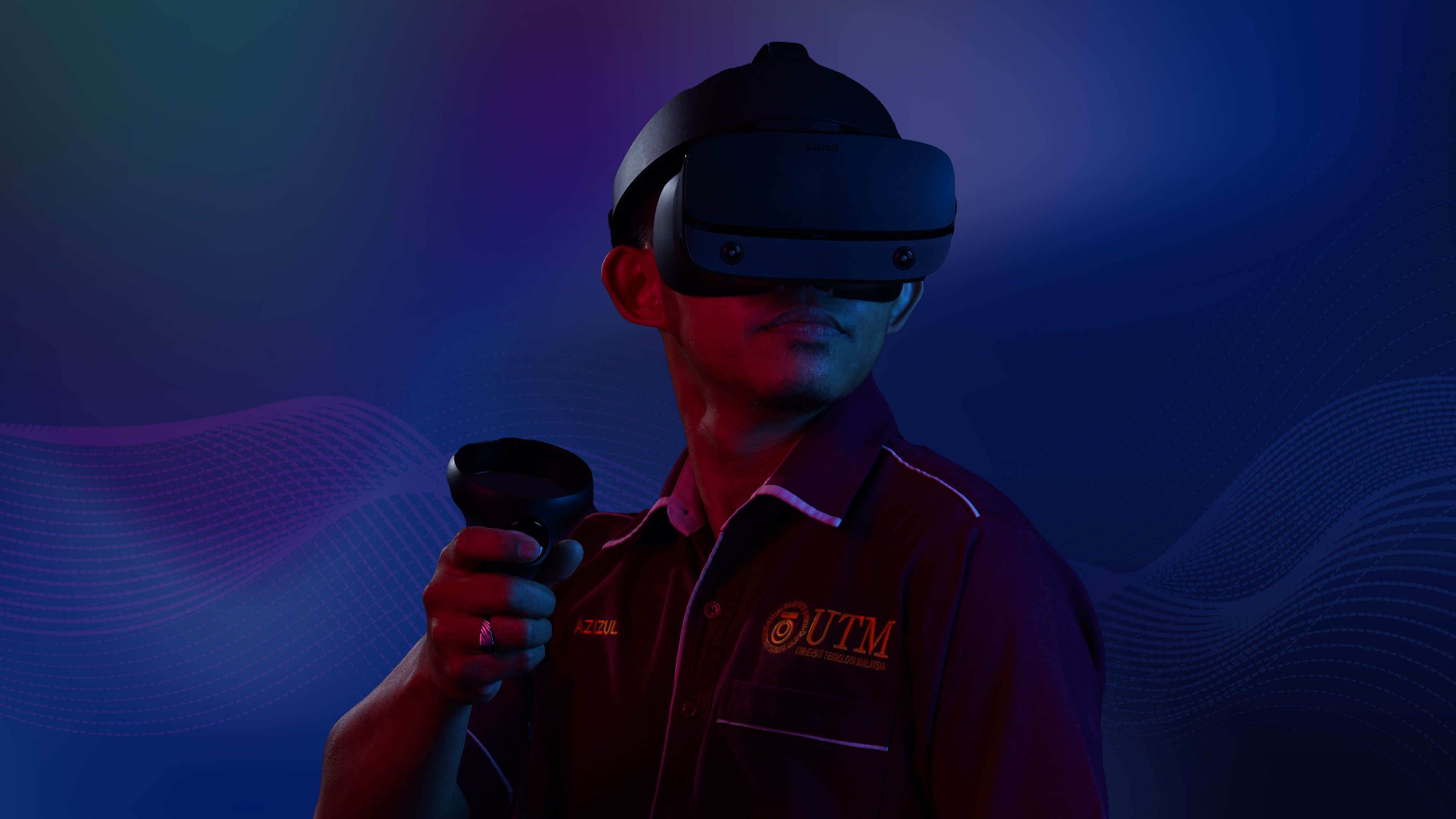Login

Immersive World
Immersive technologies create distinct experiences by merging the physical world with a digital or simulated reality. Augmented reality (AR) and virtual reality (VR) are two principal types of immersive technologies. These technologies share many of the same qualities.

Virtual Reality
Virtual Reality (VR) is a computer-generated environment with scenes and objects that appear to be real, making the user feel they are immersed in their surroundings. This environment is perceived through a device known as a Virtual Reality headset or helmet.

Augmented Reality
Augmented reality (AR) is an enhanced version of the real physical world that is achieved through the use of digital visual elements, sound, or other sensory stimuli delivered via technology. It is a growing trend among companies involved in mobile computing and business applications in particular.

360 Video
360-degree videos, also known as immersive videos or spherical videos, are video recordings where a view in every direction is recorded at the same time, shot using an omnidirectional camera or a collection of cameras. During playback on normal flat display the viewer has control of the viewing direction like a panorama. It can also be played on a display or projectors arranged in a sphere or some part of a sphere.